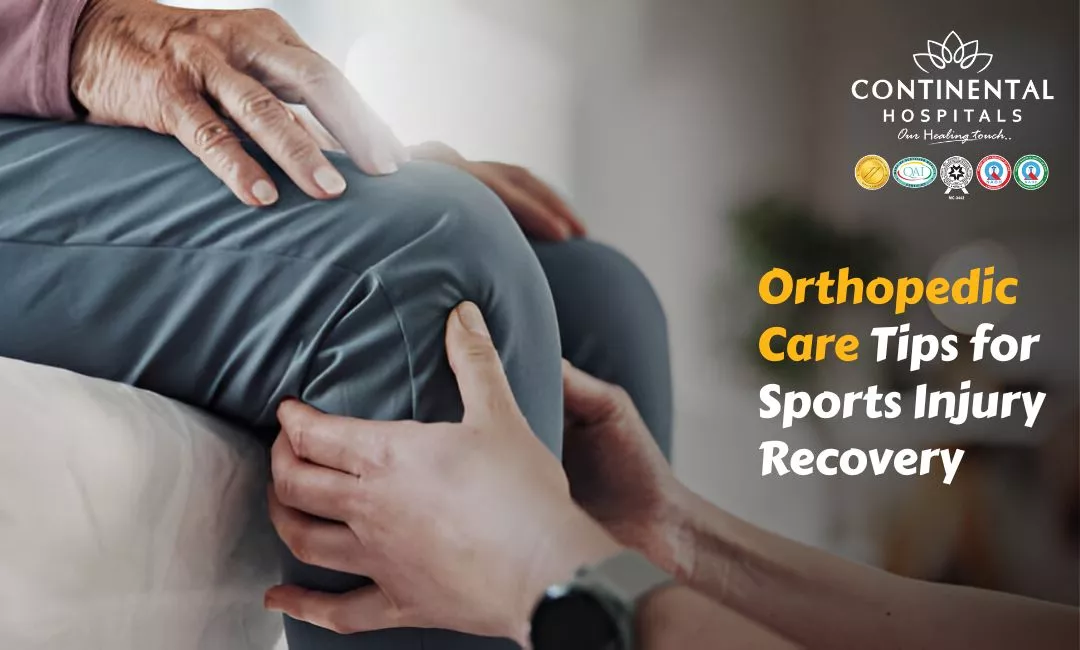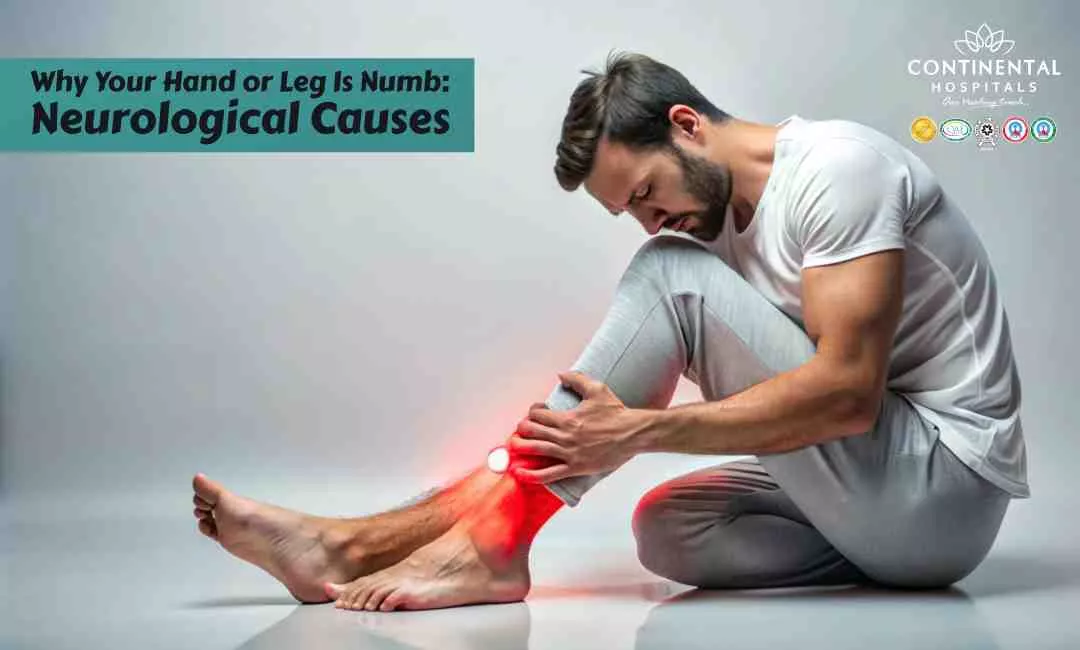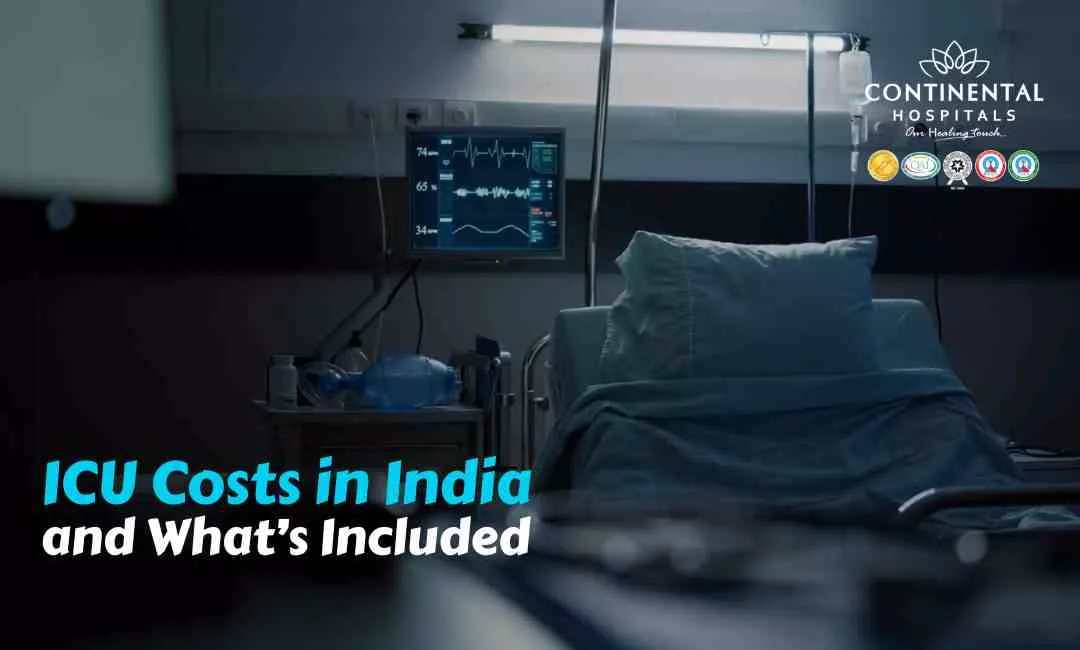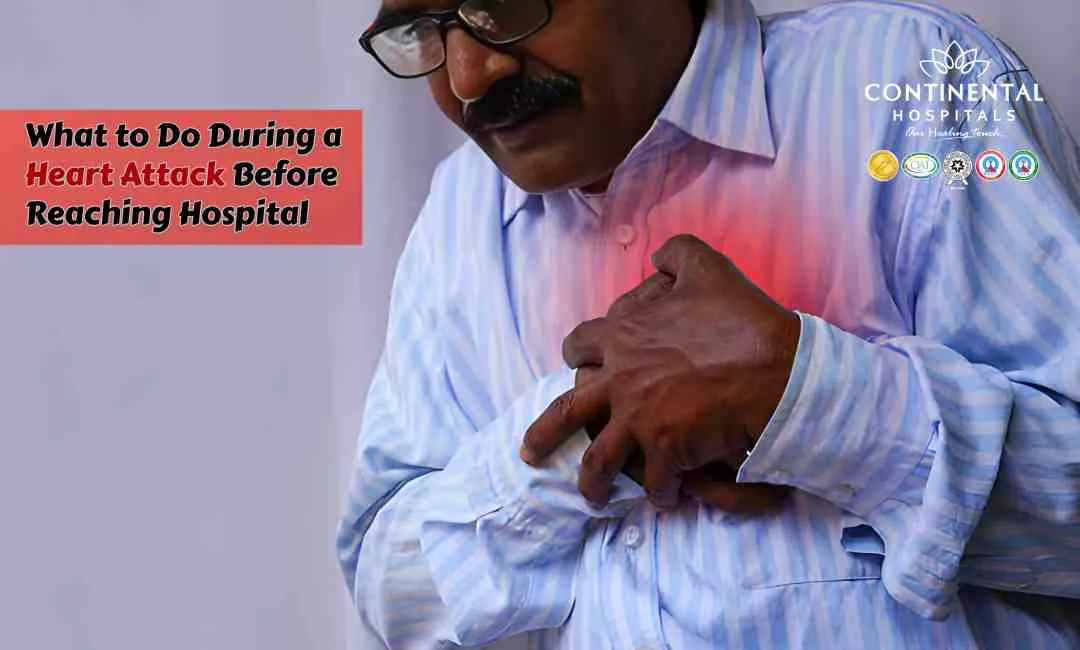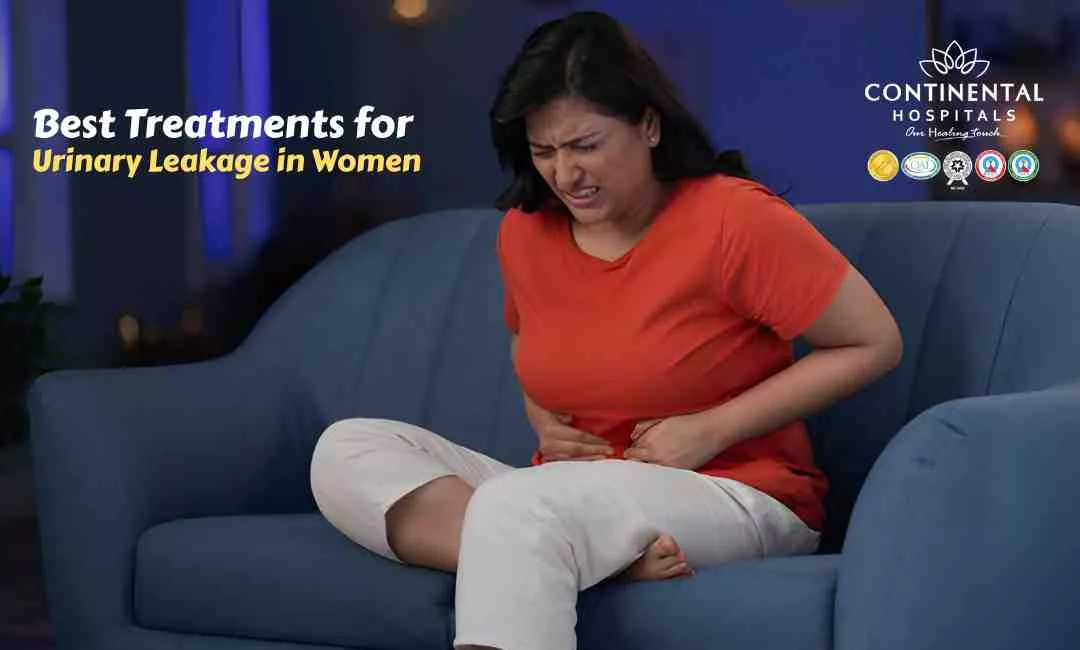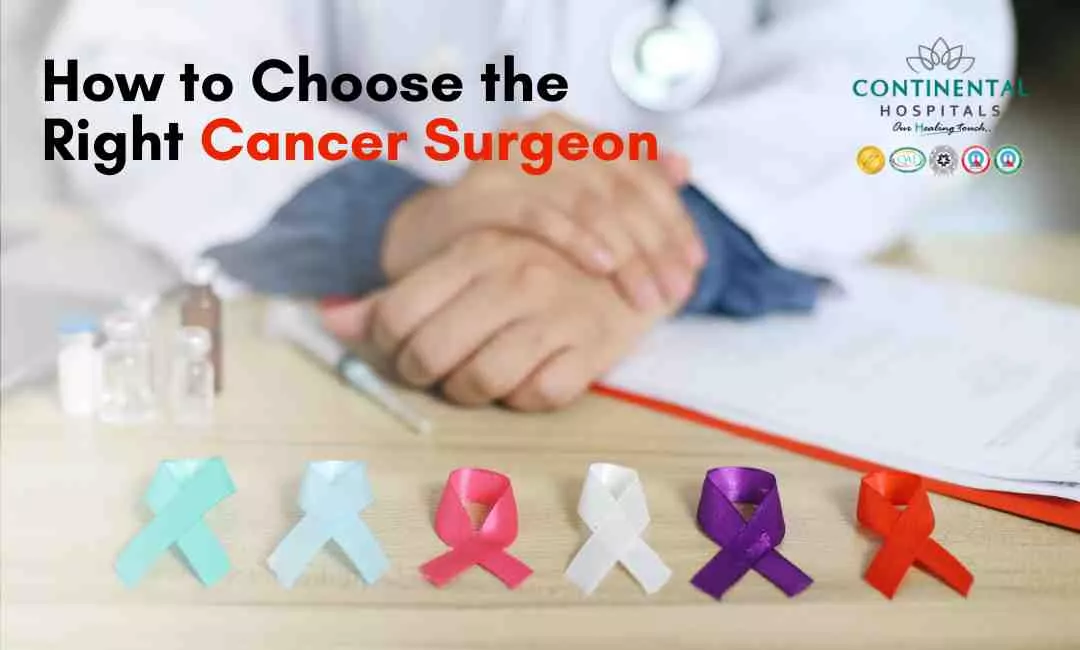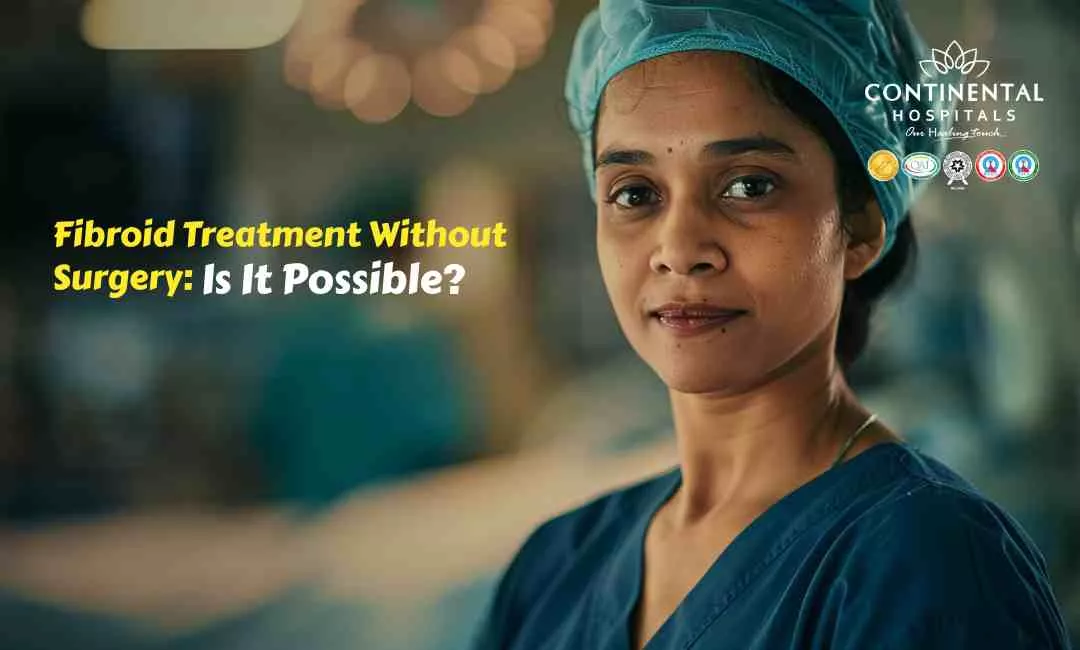Recovering from a sports injury isn’t just about resting until the pain goes away. Whether it’s a strained muscle, torn ligament, or joint injury, proper orthopedic care and a structured recovery plan make all the difference between full recovery and lingering issues. Let's break it down so you can get back to doing what you love, safely and efficiently.
Understand the Injury First
The first step to recovery is understanding what exactly went wrong. Not all injuries are the same. A muscle strain, ligament tear, or joint sprain each needs its own type of care.
- Muscle strain recovery often involves rest, ice packs, gentle stretching, and eventually strength exercises.
- Ligament injury treatment, like an ACL tear, might need bracing, physical therapy, or even surgery depending on severity.
- Joint injury care focuses on reducing swelling and regaining mobility without overloading the joint too soon.
You need a qualified orthopedic doctor to assess the damage through clinical exams and imaging tests. Don’t try to self-diagnose based on symptoms alone. That often leads to delays in healing or long-term complications.
Rest, But Not Too Much
Rest is important, especially during the initial phase of injury. But extended inactivity can cause stiffness, muscle weakening, and slow down recovery. The key is controlled rest.
🥗 Healthy Plate Challenge
🍽 Add Your Favorite Dish
Pick Your 6 favorite foods, eat, and see the results.Drag & drop foods onto your plate.
Drop Food Here
Let’s say you’ve injured your knee. A short period of offloading might help, but soon after, your orthopedic doctor or physiotherapist will guide you through gentle movements. This avoids joint stiffness and helps with blood circulation, speeding up healing.
Ice, Compression, and Elevation Work
These classic injury management techniques still work when used right.
- Ice therapy reduces swelling and numbs the pain. Use it for 15–20 minutes every few hours during the first 2–3 days.
- Compression with an elastic bandage can control swelling.
- Elevation helps fluid drain away from the injured area, reducing pressure and discomfort.
They are simple but highly effective in the early stages of muscle strain or joint injuries.
Get the Right Physical Therapy
Once the acute pain reduces, physical therapy for sports injuries becomes the focus. This isn't just about stretching and exercises. A skilled physiotherapist will design a plan based on your injury, your body, and your sport.
- For rehab for athletes, the focus is on rebuilding strength, restoring full range of motion, and preventing re-injury.
- Therapies may include resistance training, joint mobilization, balance exercises, and more.
- Sports physiotherapy also teaches techniques to modify your movement patterns so that you don't keep getting the same injury again.
If you’re in India, look for centers with a dedicated orthopedic and physiotherapy team that works together.
Don’t Skip Follow-Ups
Many people stop treatment once they feel "okay". That’s a mistake. Orthopedic recovery doesn't end when the pain fades. You need to complete your rehabilitation to regain full function and avoid chronic issues.
Your orthopedic doctor may adjust the treatment plan based on how you’re progressing. Imaging might be repeated, or a new phase of physiotherapy might begin. Skipping this process means you're only partially healed, which increases the chance of reinjury.
Nutrition and Hydration Matter More Than You Think
Your body needs proper fuel to heal.
- Protein helps rebuild damaged tissues.
- Calcium and vitamin D support bone health.
- Hydration keeps muscles supple and joints lubricated.
Eating whole, balanced meals and staying well-hydrated can make your recovery smoother and quicker. This is often overlooked, but it plays a major role in orthopedic care and recovery.
Use Supportive Bracing or Taping When Needed
Orthopedic braces or athletic taping can protect healing tissues and support movement without overloading injured structures. Whether it’s an ankle brace during ligament injury treatment or taping a shoulder after a strain, this kind of support lets you stay mobile without pushing your body too far.
Just make sure these supports are prescribed or applied by professionals. Over-reliance or improper use can create new problems.
Injury Prevention Is Part of Recovery
Recovery isn't complete until you're equipped to prevent it from happening again.
- Warm-up properly before training
- Focus on technique during workouts or sports
- Cross-train to balance muscle groups
- Use proper footwear and protective gear
- Listen to early warning signs like stiffness or soreness
These injury prevention tips are crucial, especially for athletes returning to regular sports or intense workouts. Building resilience is part of smart orthopedic care.
Why Choose Continental Hospitals for Orthopedic Care?
If you're searching for an orthopedic doctor near me, Continental Hospitals in Hyderabad brings together expert orthopedic surgeons, sports medicine specialists, and experienced physiotherapists all under one roof.
- We specialize in sports physiotherapy and rehab for athletes, from amateur runners to professional players.
- Our team uses evidence-based protocols tailored to each injury type.
- We provide continuous care from diagnosis and treatment to post-injury rehab and prevention.
- Our advanced imaging and surgical infrastructure make us one of the most trusted centers for orthopedic care in India.
When you're injured, you need clarity, support, and results. That’s what we deliver.
Final Thoughts
Sports injuries can sideline you, but with the right orthopedic approach, you can bounce back stronger. Every recovery is a combination of rest, therapy, support, and smart training. Don’t try to push through pain or guess your way through rehab. Work with a trained orthopedic team that understands the demands of your body and your sport.
If you're dealing with a muscle strain, ligament injury, or joint problem, consult our best orthopedic specialists at Continental Hospitals, Hyderabad.
.webp)

